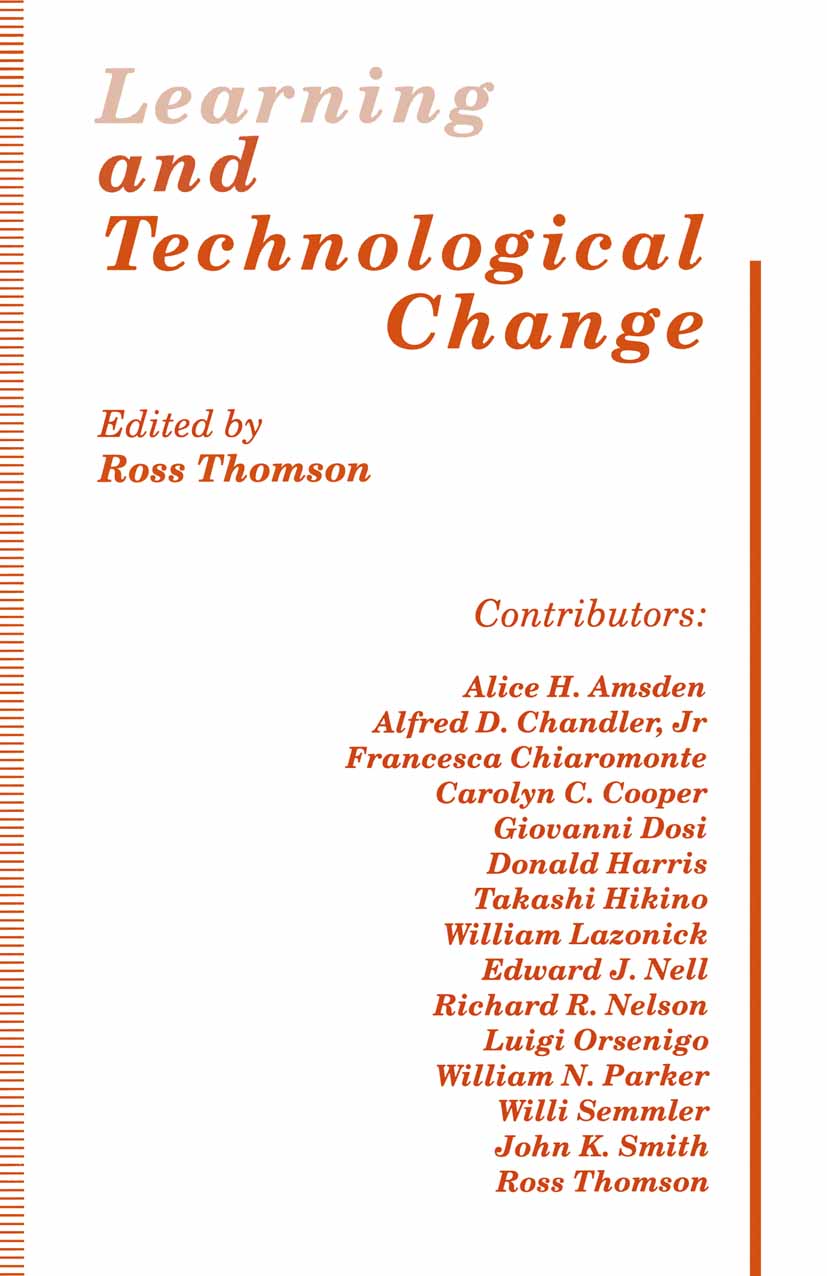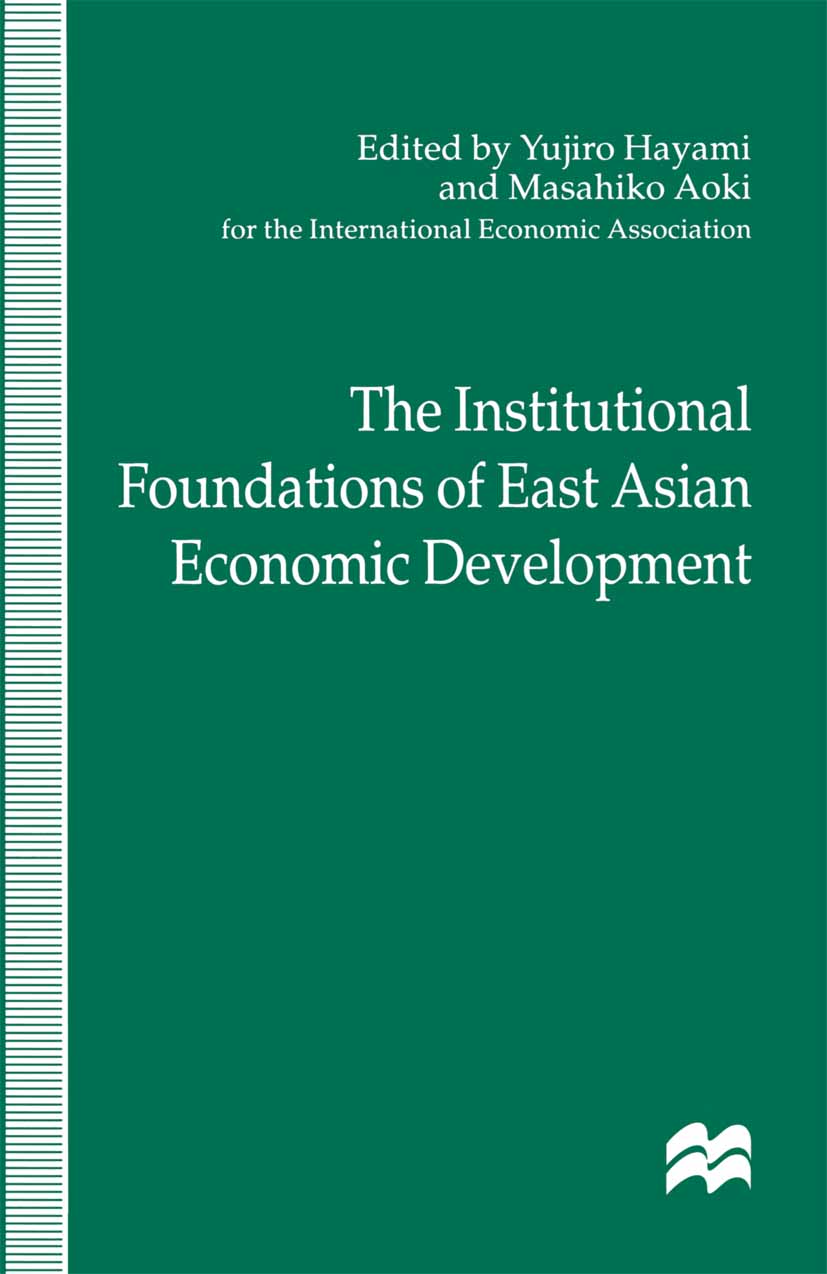World Industrialization
Based on the paradigms of economics and management, inspired by the history of technology and the sociology of technological change, the concepts of shared inventions and competitive innovations make it possible to analyze the industrialization of th...
Read more
Based on the paradigms of economics and management, inspired by the history of technology and the sociology of technological change, the concepts of shared inventions and competitive innovations make it possible to analyze the industrialization of the world in a fresh and efficient way. As a new approach, shared inventions are classified in this book as a set of existing knowledge that's often associated with the rediscovery of old techniques. Determining capitalized and collective intelligence, this knowledge and reinvention allows us to create inventions which will be shared, first in their construction, then in their use. Another new approach is that these competitive innovations are defined in World Industrialization by associations of experiences of competitively-motivated actors – actors seeking to complement existing techniques by increasing their competitive power. These shared inventions and competitive innovations will also be defined by trajectories identifying their modes of creation, enabling us to overcome the peculiarities of these actions and competitions. This book also highlights four key areas in global industrialization: the emergence of machinism with the defense of Arts and Crafts from 1698–1760; the changes the Industrial Revolution wrought in developed nations from 1760–1850; the link between technology and social relations within modern companies from 1850–1914; and, from 1914 onwards, the birth of extended machinism, its world wars and its global crises.
Less





























